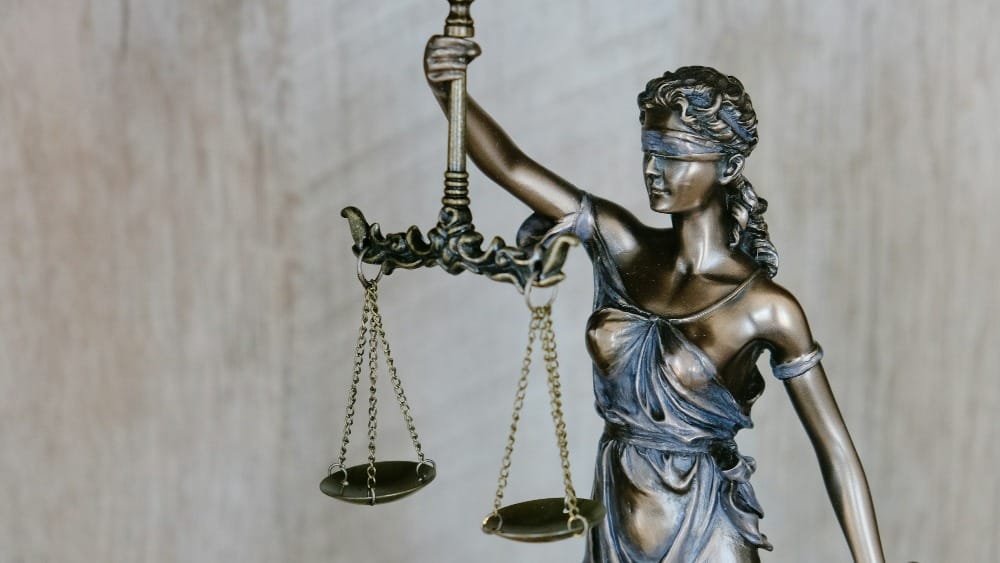What to Do if You've Been Accused of Trade Mark Infringement: A Clear Guide
Here is exactly what you need to do if someone accuses you of trademark infringement.

If you have received a trademark infringement claim, I imagine it can feel stressful and intimidating, especially if you are a startup, Small business, or a solo entrepreneur. It’s important to remember that not every claim has a strong legal foundation. Even valid claims can often be settled without lengthy court battles. Here is exactly what you need to do if someone accuses you of trademark infringement:
Step 1: Take a Breath and Don’t Panic. It’s scary, I know. I have sent quite a few cease and desist letters, and they are meant to be scary. And rightly so. Your first reaction might be anxiety, but the best initial response is to remain calm. So many of the infringement notices might be exaggerated, mistaken, or even an aggressive sales tactic.
Step 2: Evaluate the Whole Claim Carefully. You can start by asking yourself:
- Is the claimant's trademark registered?
- Does their trademark cover the same products or services you offer?
- Did you first use your trademark compared to theirs?
- Do you have documented proof of your first use and ongoing usage?
Once you have gathered evidence, including invoices, marketing materials, screenshots, and any agreements or licences that relate to your use of the mark, you're in a better position to understand your case.
Step 3: Get Expert Advice Quickly
Don’t delay in seeking legal advice. A trade mark expert can quickly tell you if the claim has merit and outline your options clearly. They’ll review the claim, examine the relevant trademarks, compare the goods and services, and advise whether the claimant actually has a legal case or if it’s a bluff.
At Sort My Mark, we specialise in quick, straightforward assessments that cut through the legal noise. We’ll tell you in plain English what the situation is, how strong (or weak) the other side’s claim looks, and what your best next steps are — whether that’s defending your position, negotiating a solution, or adjusting your branding strategy.
If you prefer to find a registered professional independently, you can search for a qualified UK trade mark attorney via https://www.citma.org.uk/find-a-chartered-trade-mark-attorney.html the official body for Chartered Trade Mark Attorneys in the UK.
Important:
Please avoid making any statements that could be interpreted as an admission of liability until you've received proper legal advice. Even something that feels harmless like apologising, explaining your brand story, or offering to change something can be twisted against you later. Infringement claims can be sensitive, and it’s easy to unintentionally say something that damages your position. So hold off on replying substantively until you’ve had legal support.
Step 4: Protect Your Business While You Investigate.
Until you’re clear about the validity of the claim, and in order to show your good faith, you can
- Temporarily stop selling/marketing the disputed products or services.
- Inform any of your partners or licensees to pause their use of the trademark.
- Cease any new orders or deliveries of infringing products.
Why are we doing all this? Because we want to demonstrate good faith and that can significantly limit potential liability.
Step 5: Respond Clearly and Promptly
At first, acknowledge receipt politely:
“We have received your notification and are currently seeking legal advice. We will provide a full response by date.”
If there is a tight deadline, politely request an extension if needed. When responding fully, clearly state:
- If you dispute the infringement, request proof from the claimant.
- Provide evidence of your defence (prior usage, differences in the marks, distinct markets).
- Consider negotiating a practical solution, such as coexistence or minor rebranding.
Step 6: Understand Resolution Timelines.
All trademark disputes vary widely in length of time. So many disputes can be resolved amicably and quickly within weeks if both parties are cooperative. But if litigation becomes necessary, it could take months or longer. So factor this into your decision-making to protect your resources and reduce business disruption.
Step 7: Prevent Future Issues
To protect your brand proactively, please consider the following:
- Conducting thorough trademark clearance searches before branding decisions.
- Securing registered trademark protection early.
- Regularly reviewing and updating your trademark portfolio — and see what else can be done.
What are the Key Takeaways:
- Do not panic assess carefully and calmly.
- Professional advice promptly.
- Pause/Stop related business activities temporarily.
- Avoid making any admissions without legal input.
- Respond professionally and strategically.
- Act proactively to avoid future infringement issues.
Umair Hotiana — founder of Sort My Mark and a trademark search analyst with over 9 years of experience, including at Corsearch, one of the world’s leading IP research firms.






